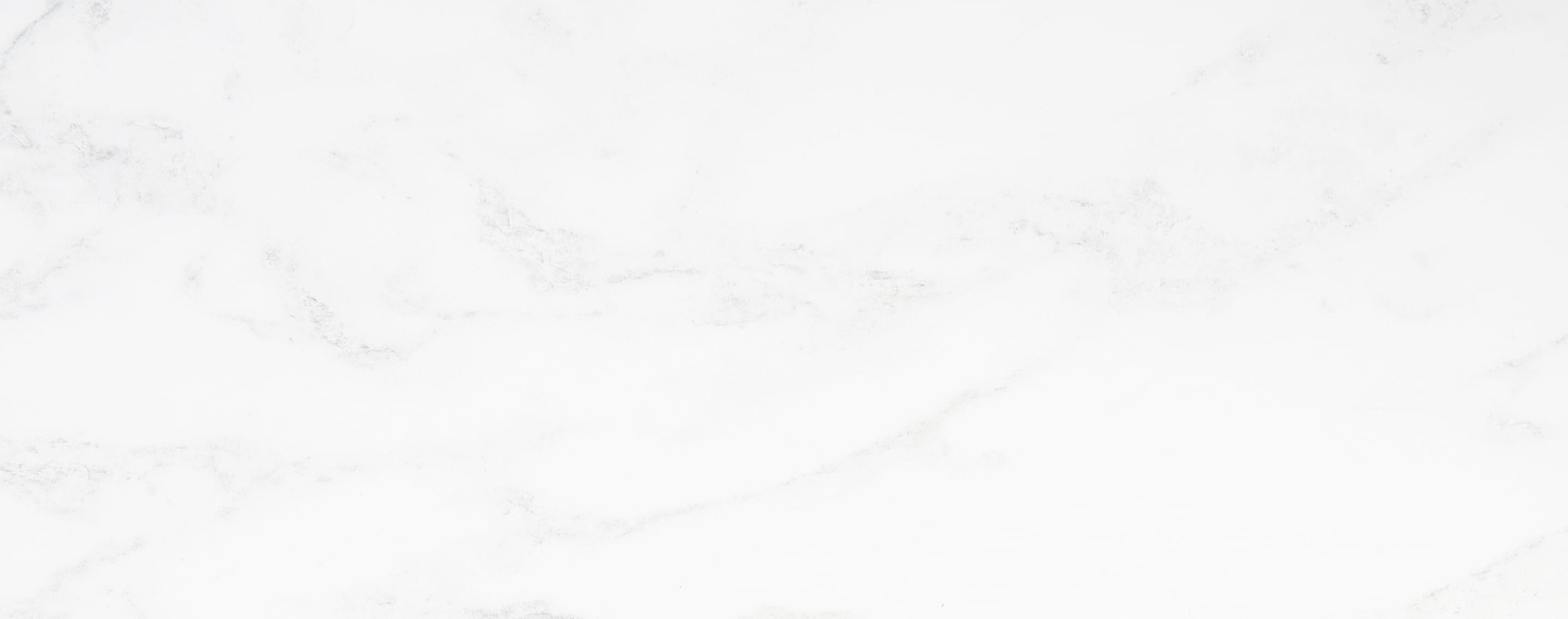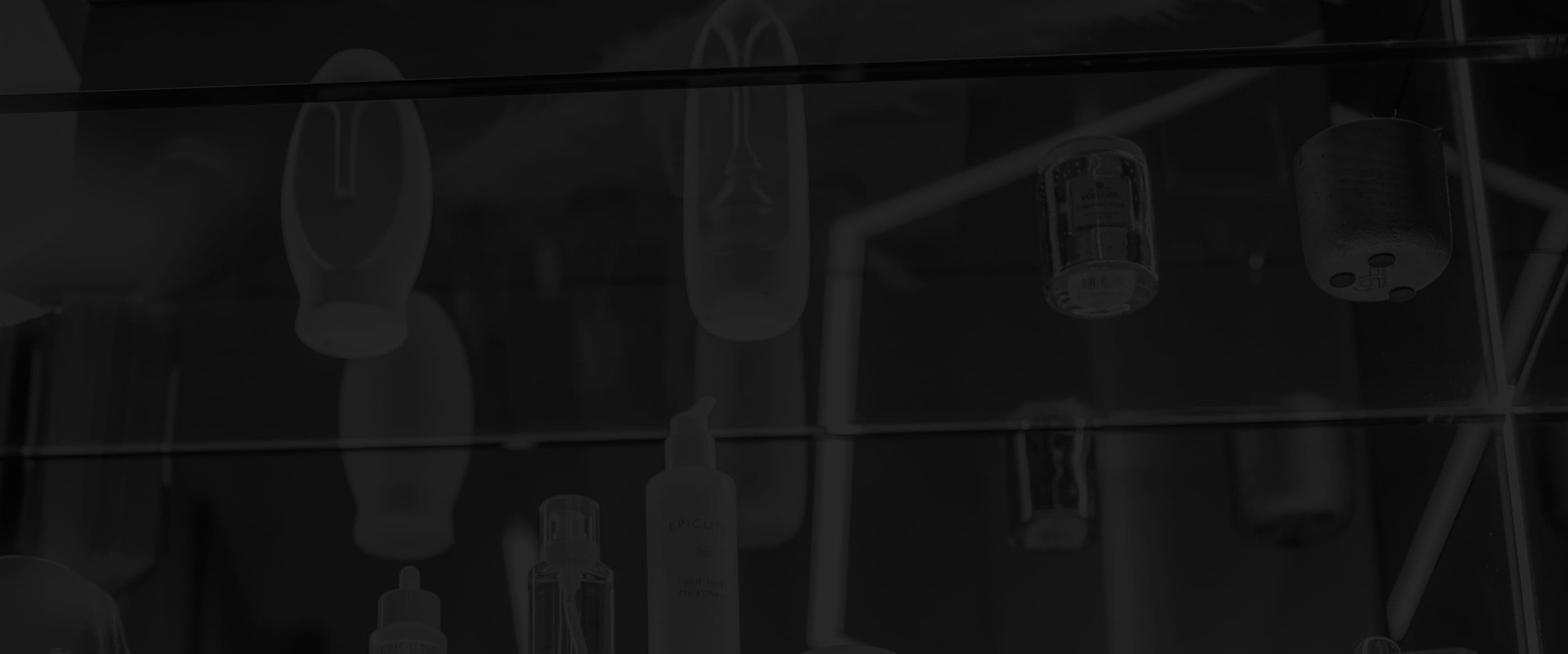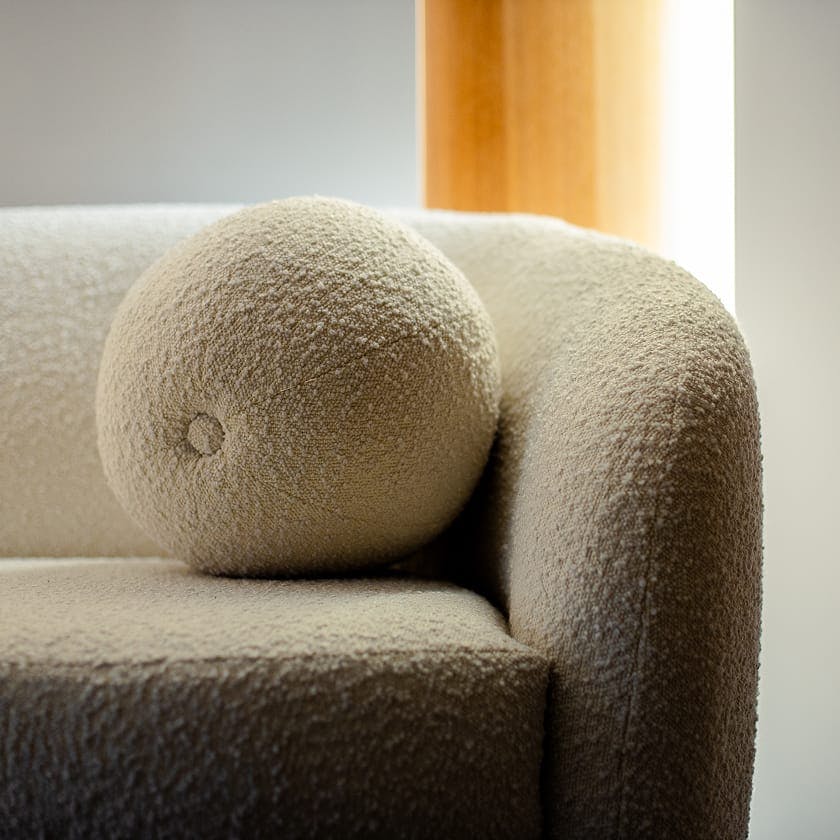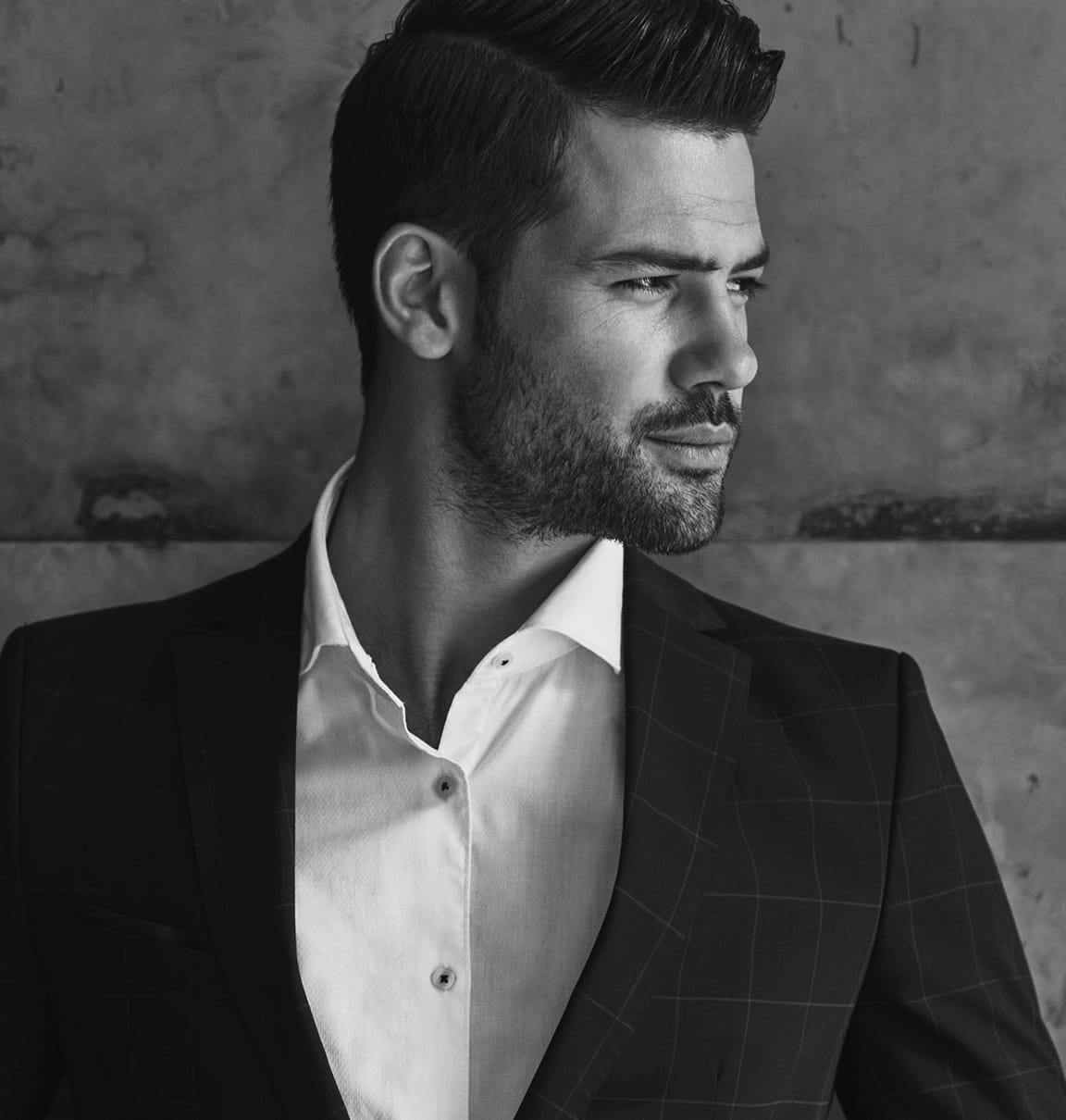If you have common concerns about your nose’s appearance and desire changes in shape, size, or angle, consider a Rhinoplasty procedure with board-certified plastic surgeon Dr. Charles Galanis at Galanis Plastic Surgery Beverly Hills. It’s an ideal cosmetic surgery solution for those seeking an aesthetically pleasing nose or improved nasal functionality.
Rhinoplasty Candidate
Good candidates for primary rhinoplasty surgery typically include individuals who:
- Have realistic expectations about the outcome.
- Are in good overall health.
- Are non-smokers, as smoking can impact healing.
- Have completed facial growth (usually around late teens).
- Experience dissatisfaction with the size, shape, or functionality of their nose.
- Seek improvement rather than perfection.
- Understand the surgical process and recovery involved.
- Have encountered trauma, such as a broken nose or nasal valve collapse.
A thorough consultation with qualified plastic surgeons is crucial to determine specific candidacy for a rhinoplasty procedure based on individual health and aesthetic goals.







